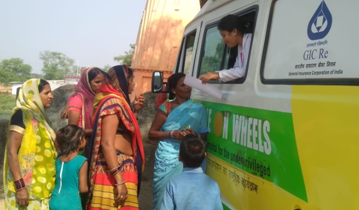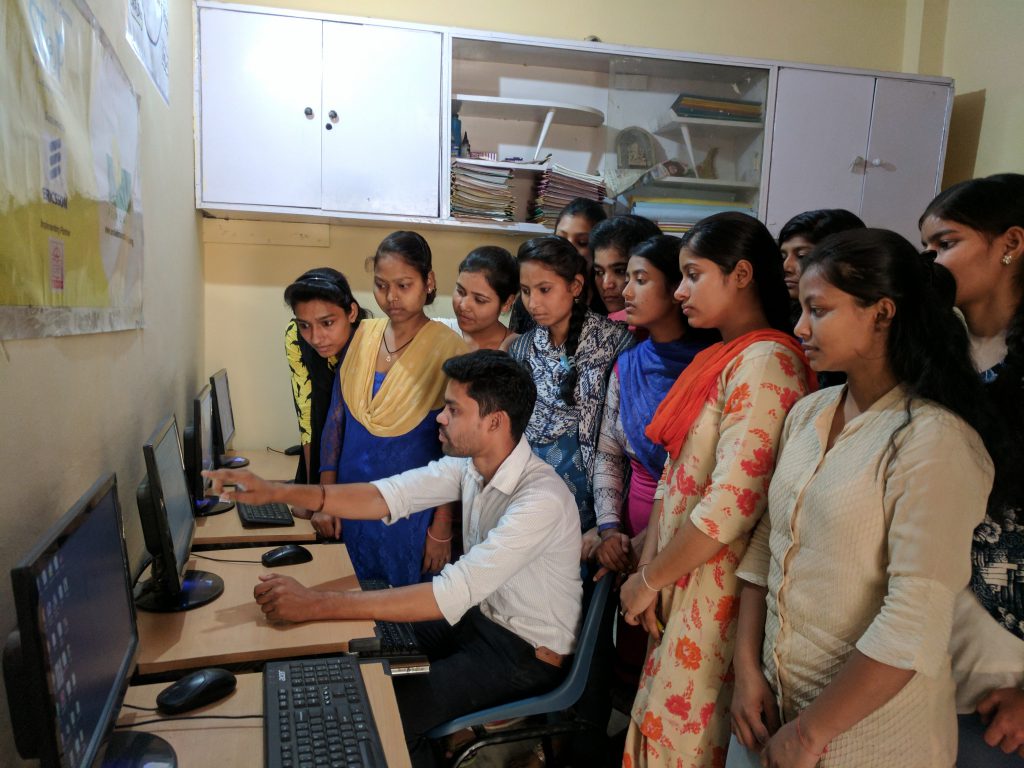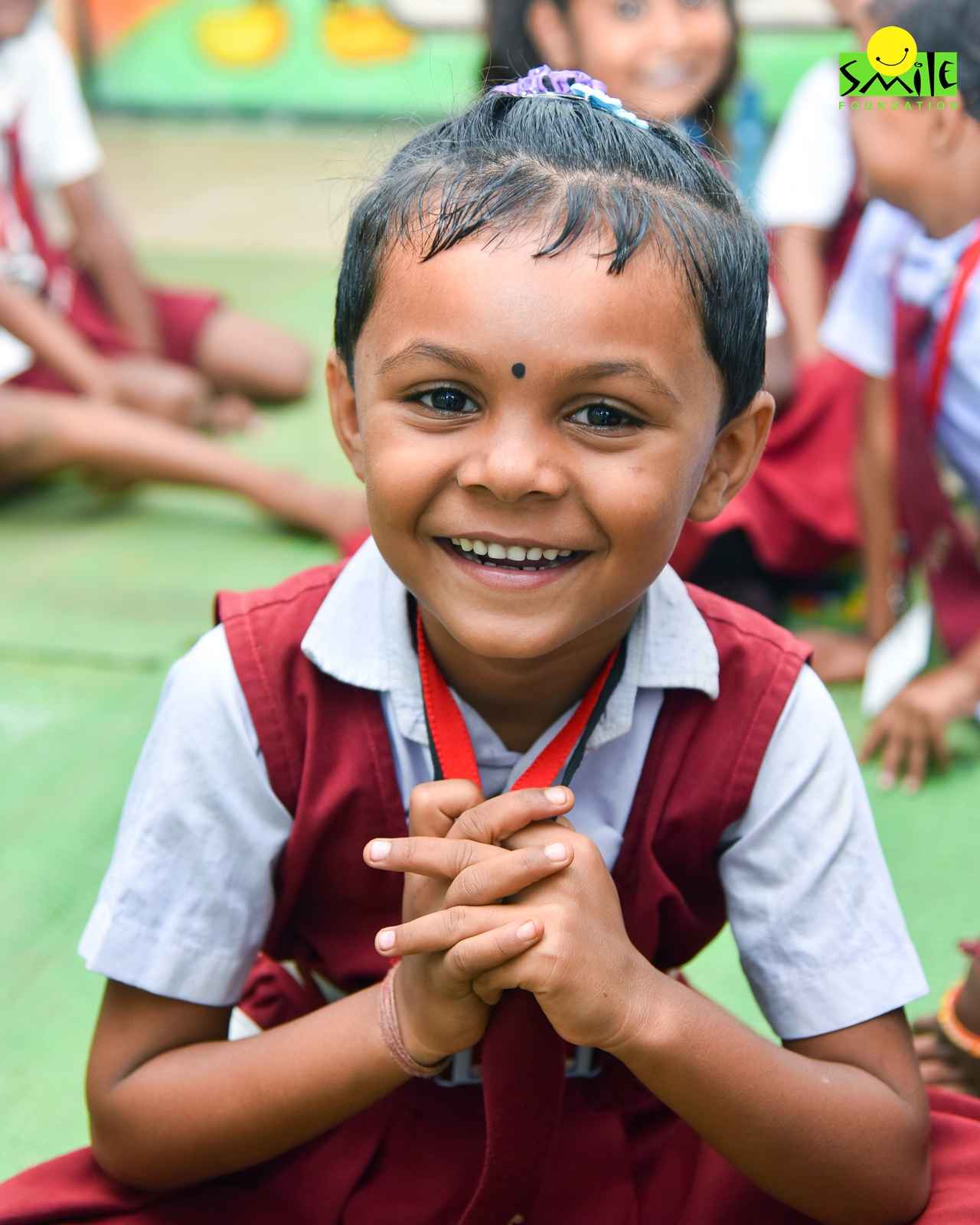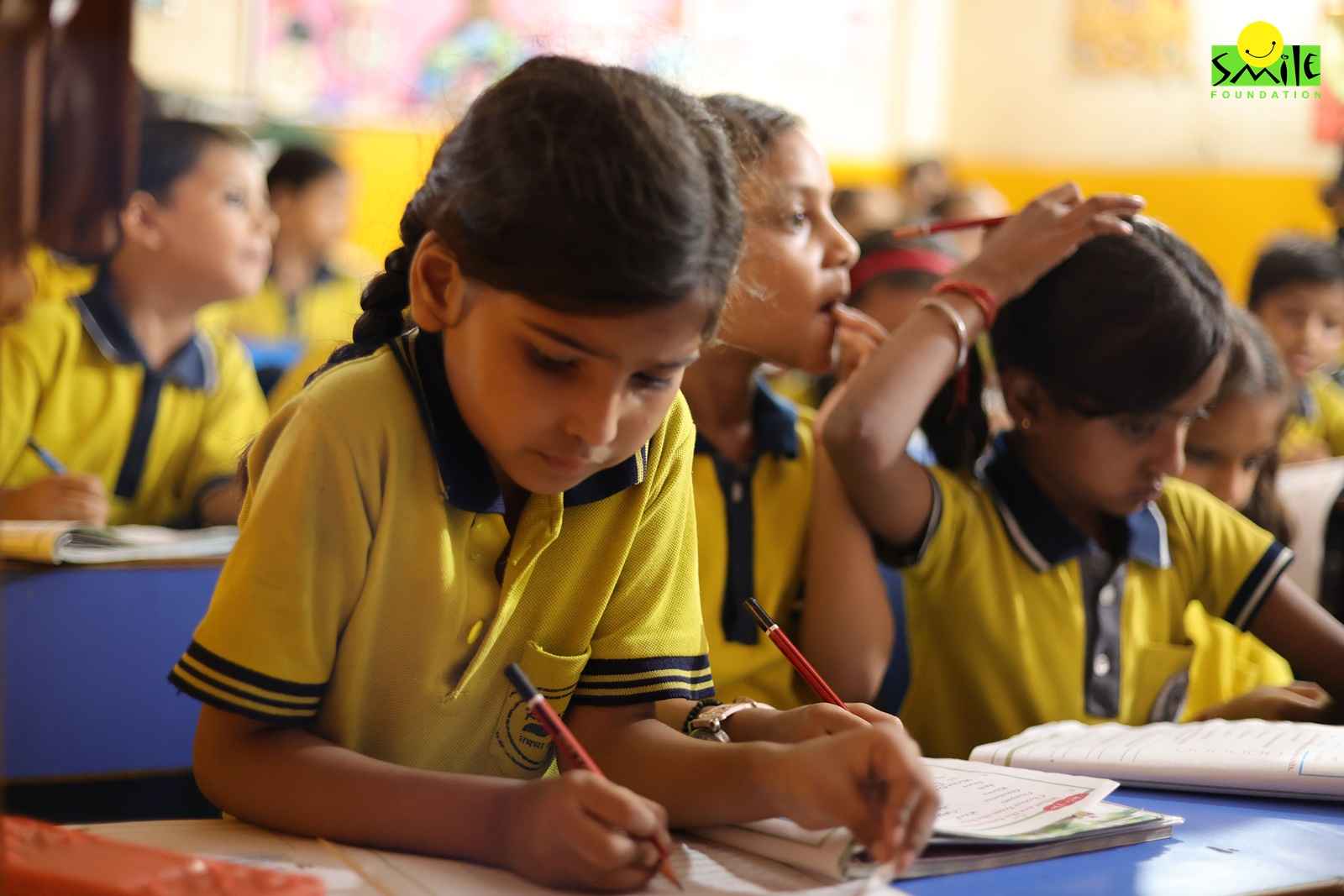The recent Sustainable Development Goals National Indicator Framework Progress Report 2023, released by the statistics ministry revealed that over 90 million Indians reside in households where healthcare expenditures exceed 10% of their total spending. The financial strain of medical costs is a growing concern. Within this staggering figure, 31 million individuals find themselves in families where health-related expenses surpass a quarter of the household budget.
The proportion of households dealing with increased healthcare costs exceeding 10% or 25% of their expenditure has seen an upward trend from 2017-18 to 2022-23. Catastrophic health expenditure, defined as health spending surpassing 10% of household consumption expenditure, is a reality for many, slowing down the progress toward the third Sustainable Development Goal of the United Nations of achieving universal health coverage (UHC) and improving financial protection. UHC includes securing access to quality healthcare and safe, affordable medicines and vaccines for everyone.
According to the progress report, the percentage of households allocating more than 10% of their budget to health rose from 4.5% to 6.7%. Meanwhile, those exceeding 25% increased from 1.6% to 2.3%. In the fiscal year 2022-23, Kerala topped the list with 16% and 6%, respectively, followed by Maharashtra at 9% and 3%. Kerala also witnessed the most significant surge in these percentages between 2017-18 and 2022-23, with Karnataka, Odisha, and Telangana also experiencing noteworthy increases.
The National Health Accounts 2019-20 reveals that out-of-pocket expenditure (OOPE) constituted 68% of total health expenditure in Kerala, second only to Uttar Pradesh at 72%. Despite Karnataka having the lowest OOPE as a percentage of total health expenditure among larger states (31.8%), it witnessed a substantial rise in households spending more than 10% and 25% on healthcare.
In June 2021, Niti Aayog estimated that approximately 30% of the population, roughly 400 million people, lacked financial protection for health, leading to high out-of-pocket expenditures (OOPE) and increased impoverishment. Government interventions, such as fixing the prices of 53 popular drugs, including anti-coagulants and diabetes management medications, aim to alleviate the financial burden on citizens. The inclusion of coronary stents in the National List of Essential Medicines in 2022 is a step towards making life-saving medical devices more affordable and accessible.
Addressing regional disparities, expanding health coverage, and implementing measures to regulate healthcare costs are crucial steps toward achieving the goal of universal health coverage and financial protection. The initiatives of the government, coupled with ongoing efforts to bridge gaps in existing health schemes like Smile Foundation’s healthcare programme offer hope for a healthier and more financially secure future for all.









